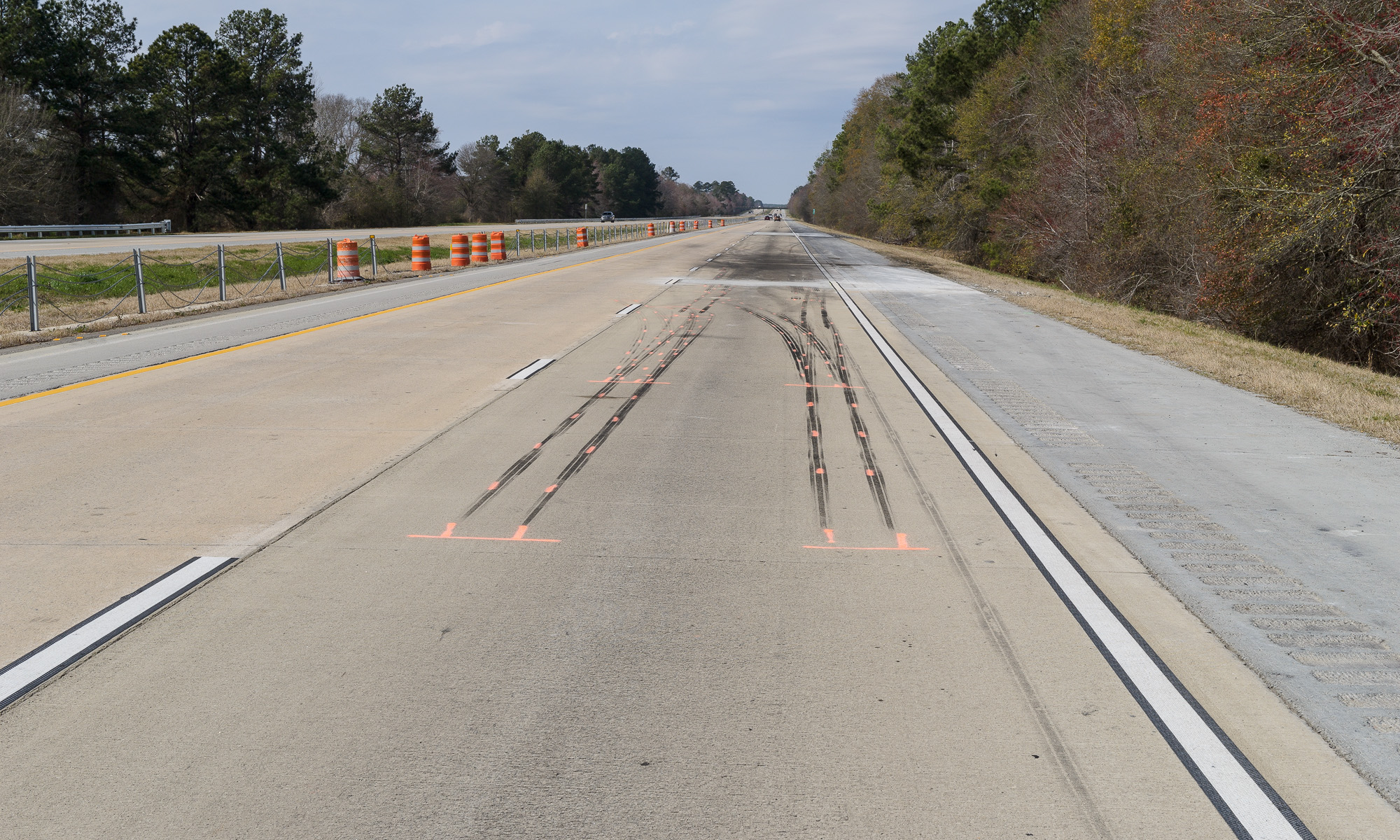Various CVSA (Commercial Vehicle Safety Alliance) Out of Service (OOS) violations may be found when inspecting heavy trucks. These can be maintenance or safety items that fail to meet the criteria in Appendix G of Subchapter B of the FMCSR (Federal Motor Carrier Safety Regulations) (40 CFR §396.17). This post will focus on brake issues only.
CVSA uses the term “defective” to denote a brake condition that does not meet specific criteria. CVSA declares a vehicle OOS if twenty percent of the brakes are defective. A common three axle tractor with a two axle semi-trailer will have ten brakes total. Twenty percent of ten brakes means the truck would be put OOS if two brake defects were found. (Click on image to enlarge, then click on back arrow to return.)

CVSA brake defects often result from inadequate maintenance. One important purpose of a CVSA inspection is to catch maintenance issues before they adversely affect the stopping ability of the truck. While it is essential to properly maintain vehicles for safe operation, the presence of one or more OOS brake defects does not necessarily mean the braking ability of the truck was compromised at the time of the accident. So there are two separate, but related issues: -1- Were there any problems with the truck? -2- Did any of those problems affect the truck’s ability to stop during this particular incident?
All brake conditions need to be documented during a post-accident truck inspection. But regardless of how many OOS items exist after a wreck, the effect of each on the braking ability of the whole truck must be evaluated. Any effects can be quantified by calculating the available brake forces in the system.
The most any brake can do is lock and skid the tire—you can’t double-lock a brake. (Locked brakes are not the best for the slowing nor for maintaining control, though. That’s why ABS is federally mandated. That’s a different story.)
In his seminal technical paper, Heavy Truck Deceleration Rates as a Function of Brake Adjustment (SAE 910126-Revision B), Mr. Ron Heusser presented a methodology for calculating available brake forces based on brake adjustment, brake configuration, wheel loading, and other factors. These calculations can be made by hand, or can be made into a spreadsheet. Mr. Wes Grimes of Collision Engineering Associates developed one of the commercially available computer programs using this brake force methodology as Win-BFC (http://cea-az.com/software/win-bfc/). Win-BFC can also factor ABS into the calculations.
Here’s an example. A three axle tractor with an unloaded two axle van semi-trailer was involved in an accident on a dry, level asphalt road. Both tractor and trailer had cam-type drum brakes. (To simplify, ignore ABS for this example.) Did the condition of its brakes affect the truck’s ability to slow or stop in time?
In this example, post-accident inspection showed that one tractor brake lining was worn just into the wear indicator (but not to the rivets), and two trailer brakes were 1/8 inch beyond the adjustment limit each. (CVSA counts one brake 1/8 inch beyond the adjustment limit as 0.5 brake defects.) Since twenty percent of the brakes had defects, this truck would be placed OOS for these maintenance issues. These brake defects needed to be corrected before the truck could be placed back in service.
But did those brake issues affect the stopping ability of the truck at the time of the accident? Short of performing braking tests with the actual truck and load (which might not even be possible due to damage or to legal issues), the only way to know is to calculate the brake forces with the conditions found during the inspection, and compare them to calculations made assuming the OOS items were corrected. In this example, those OOS issues wouldn’t have had any effect on the braking ability of the empty truck. So while the brakes needed maintenance, in this case, the empty truck still had full braking force available at the time of the wreck. That might not be the case if this truck was loaded, and is certainly not the case in every accident. But that can’t be known without the analysis.
Be wary of expert opinions based solely on the existence of OOS brake defects. Those brake defects may or may not have affected the braking ability of the truck during a particular accident. Based on the brake, truck, and load configurations, both actual available and defect-free brake force calculations should be made and compared before opinions can be formed about any effects the condition of the brakes may have had on an accident.
